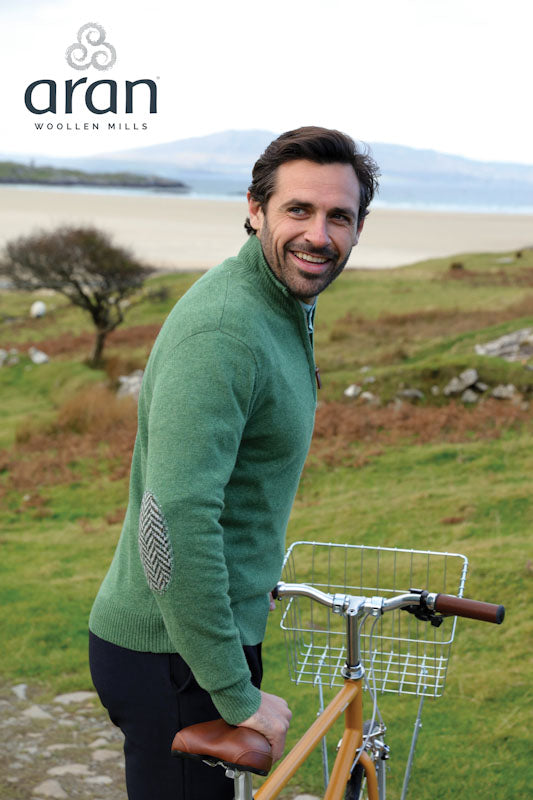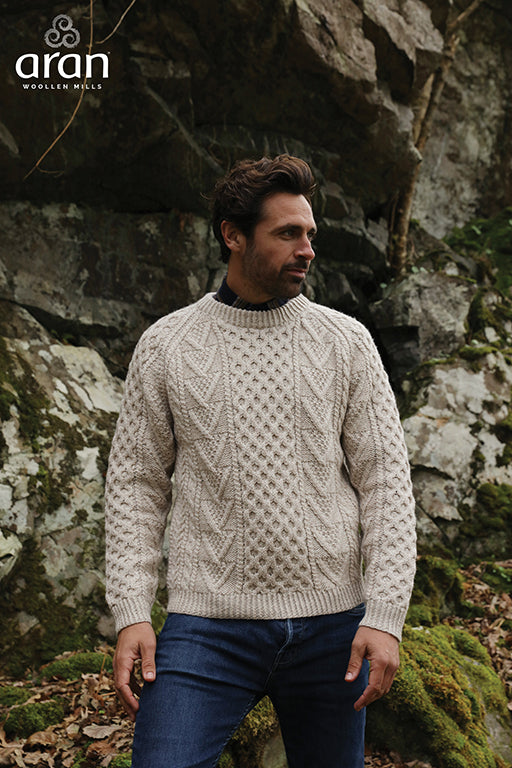5 Forests You Need to Visit in Ireland This Autumn
September has rolled in and autumn is definitely in the air. As we say goodbye to summer, we can’t help but feel anticipation for the gorgeous season autumn brings to Ireland. Crunchy leaves, abundant wildlife and vibrant orange and red colours, nothing quite tops an Irish forest in autumn.
Whether you’re looking for somewhere for holiday, visit for the weekend or even just a day trip, here are 5 forests you need to visit this autumn.
1. Furry Glen, Dublin

Located within Phoenix Park, this forest is close to the city centre of Dublin and is great for a day out during autumn. Located 2 kilometres west of the city centre, this urban located forest provides an array of wildlife to spot during autumn, especially fallow deer. This forest is so unique and loved by locals; that the Irish Government has deemed it a world heritage site.
Coming alive in autumn, from the Chapelizod gate lodge, you first are welcomed by a sea of massive beech trees, and then equally impressive ranks of Scots pine. There are 351 identified plant species in the forest; three of these are rare and protected. The forest has retained almost all of its old grasslands and woodlands, so it’s a great place to visit if you’re interested in history.
2. Glenariff Forest Park

Glenariff, the Queen of the Glens, is one of the nine Antrim Glens in Northern Ireland. Glenariff Forest Park covers over 1,000 hectares with planted woodland, lakes, outdoor recreation spaces and conservation areas.
Glenariff Forest Park is open to the public and caters for many outdoor activities including walking, horse riding and touring. It has picnic and barbeque areas as well as a teahouse.
The rocky gorges of the river support a wide range of mosses, liverworts and ferns. Due to the richness and diversity of these plants, part of the Glenariff Glen has been designated as a National Nature Reserve. The timber walkway (boardwalk) that winds through the glen and alongside the river gorge was first built about 100 years ago and has been carefully reconstructed to provide a spectacular walk.
3. Mullaghmeen Forest

This Mullaghmeen is an isolated area of forest rising above the farmland of north Westmeath. Mullaghmeen Forest is the largest planted beech forest in Ireland. Along with beech, within its 400 acres of forest, it also has Sitka spruce, Scots pine and Noble fir and a very interesting native tree collection. This is well worth a stop on the Mullaghmeen Summit Trail / Red Trail. The summit of Mullaghmeen provides magnificent views north across Lough Sheelin and into the neighbouring county of Cavan.
4. Killarney National Park, Co Kerry

South and west of the town of Killarney in Co. Kerry is an expanse of the rugged mountainous country. This includes the McGillycuddy’s Reeks, the highest mountain range in Ireland, which rises to a height of over 1000 metres. At the foot of these mountains nestles the world-famous lakes of Killarney. Here where the mountains sweep down to the lakeshores, their lower slopes covered in woodlands, lays the 10,236-hectare (26,000 acres), Killarney National Park. The distinctive combination of mountains, lakes, woods and waterfalls under ever-changing skies gives the area a special scenic beauty.
The nucleus of the National Park is the 4,300-hectare Bourn Vincent Memorial Park which was presented to the Irish State in 1932 by Senator Arthur Vincent and his parents-in-law, Mr and Mrs William Bowers Bourn in memory of Senator Vincent’s late wife Maud.
The focal point of the National Park for visitors is Muckross House and Gardens. The house which is presented, as a late 19th-century mansion featuring all the necessary furnishings and artefacts of the period, is a major visitor attraction and is jointly managed by the Park Authorities and the Trustees of Muckross House.
5. Glenarm forest

Glenarm is probably one of the least known of the nine glens of Antrim. The forest is small but has a wide variety of tree species growing under excellent conditions of soil and climate. Throughout the forest, tree species such as oak, ash, beech, sycamore, Japanese larch, Sitka spruce and many others compete for survival. On the forest floor plants such as bluebells, primroses, dog’s mercury and ground ivy can all be found.
The numerous feeder streams which run down the side of the glen to join the Glenarm river form ribbons of natural vegetation through the man-made forest. The Lead, which was built early in the 19th century to bring water from the top of the glen to the ‘whitening mill’ beside Glenarm harbour, now forms a part of Glenarm’s industrial archaeology.










